[ This is part 4 of a series. Read part 1, part 2 and part 3 ]
Part three of the China Rising series discussed the addition of a Defence Levy to bolster the industry and secure the protection of Australia. What would this look like and, more importantly, would it make a difference to our survival prospects?
Legislation and Oversight
A Defence Levy must be accompanied by a legislative and bureaucratic apparatus to direct spending. It would aim to formulate an ADF force structure capable of meeting its three putative objectives, on which the Defence Levy would be spent, while preserving democratic accountability. The desired outcome would be the de-politicisation of national security – defence budgetary decisions made for strategic, not political reasons – while retaining transparency.
The US Defense Appropriations Process provides a model upon which the Australian apparatus could be based. It is built around the National Defense Authorizations Act (NDAA) and Defence Appropriations Bills, which stipulate funding for the US military and on what items it must be spent. These bills are formulated after exhaustive decision-making processes and must pass congressional scrutiny to be voted into law. Far from perfect, this process has facilitated the current deterioration in US military capability, but it provides the foundation for a solution to Australia’s unique problem. To protect against flaws in the US system, Australia’s version must de-politicise the process and empower senior ADF officers and national security experts to call the shots on defence strategy and spending.
To this end, the Defence Levy would be legislated alongside a Defence Budgetary Committee (DBC), consisting of senior and retired ADF officers and national security experts who would be strictly apolitical. Using Department of Defence analysis, the DBC would determine the capabilities necessary for the ADF to achieve its three objectives. They would map ADF force structure, acquisitions, recruitment, and all other aspects of defence activity to its three objectives and generate an annual Defence Appropriations Plan (DAP). Treasury would convert their recommendations to a dollar figure, which would form the basis of the Defence Levy rate. This would proceed to Cabinet and Parliament to be approved and legislated.
It is imperative that the DAP be legislated as it would ensure that the actual capabilities requested by the DBC are obtained. It would stop capricious politicians forever meddling with ADF expenditure and prevent the bureaucratic inertia that has contributed to the present crisis of capability. A legislated DAP would guarantee the actual execution of a coherent defence strategy under the direction of apolitical defence experts.
The DBC would generate a new DAP annually, just as defence spending is adjusted each year in the federal budget. This would serve as a process of ongoing review to ensure that ADF force structure and acquisitions keep pace with technology and a changing strategic picture. There remains a risk of perpetuating the status quo, whereby plans are changed with such regularity that no capability is ever acquired. However, the non-partisan DBC would formulate the DAP based upon an underlying strategic thesis and would therefore be unlikely to change its carefully-considered decisions with the regularity of weather-vane politicians.
The DAP and Defence Levy would cover all defence spending, such that it would be quarantined from all other government expenditure. This is an acknowledgement that funding the ADF is the single most critical role of the federal government as it is the manifestation of its most sacred duty to ensure the security of the Australian people. All other duties of the government and resulting expenditure are secondary. The DBC would determine defence expenditure in isolation from all other factors – they would only consider the defence needs of Australia. For the government, defence funding would therefore be a fixed entity around which all other expenditure must be adjusted. In this way, adequate ADF funding will always be guaranteed regardless of the prevailing political or economic climate.
Australia was not prepared for the second world war partly due to defence cuts amidst the Great Depression. In 2022, Australia is not prepared to meet the Chinese threat because defence spending has not been electorally popular for decades. Under the proposed system, Australia will learn from these mistakes, address the current crisis and ensure that it cannot happen again. Paying for other items at the expense of the ADF is an admission that such discretionary expenditure is unaffordable. The ADF must be funded first, then everything else.
Disadvantages and Limitations
A Defence Levy would cause all of the negative macro- and micro-economic consequences of any given tax and exacerbate cost-of-living pressures by increasing the overall tax burden. Given the immediate need for massive defence spending, the levy would commence at a high rate, but this would subside as capability is acquired. However, the current inadequate level of defence funding means that the sustainment rate would still need to raise far more money than is currently spent on the ADF. This would represent the true cost of defending Australia, rather than the discount that taxpayers currently pay for – literally – a false sense of security. In essence, the Defence Levy would recoup that money that should have been spent on defence in recent decades. As the Defence Levy would cover all defence spending, this sum could be deducted from general government expenditure and non-levy tax rates cut commensurately.
Although the Defence Levy could cause near- and medium-term economic hardship, this could be mitigated and converted to a powerful long-term advantage for the economy. While the over-arching priority should be the rapid acquisition of new capability for the ADF, regardless of its source, some of this capability would inevitably be built in Australia. Thus, some funds would return to the Australian economy for the benefit of Australian businesses and citizens.
Of greater long-term benefit would be the role that the levy would play in building an Australian defence industry. This would initially focus on the manufacture of munitions, missiles, vehicles, and ships, but could later expand to other industries critical to national security such as oil refining, rare earths, and even pharmaceutics. In this way, the Defence Levy would be a nation-building project in a similar vein as the Snowy Mountain Scheme. It could catalyse the resurrection of Australia’s manufacturing industry, diversify the economy and generate new products for export. An unfortunate corollary would be the unhealthy growth of government activity as a proportion of the national economy. On the other hand, the Covid pandemic and the world’s reliance on Chinese manufacturing have exposed the need for self-sufficiency in critical areas.
Distinct from the economic challenges (and opportunities) posed by the Defence Levy are governance issues surrounding its accompanying apparatus. Under the model proposed herein, the DBC – not elected politicians – would generate the DAP, which would be the main determinant of the Defence Levy rate. The unfortunate consequence of this would be an undemocratic accumulation of power by the DBC. These men and women would be neither elected by nor accountable to the voting public, but they would be granted the power to decide the manner in which taxes are spent and to indirectly set the tax rate via the DAP.
On the surface, this situation appears intolerable, but it is readily defensible as it has ample precedent and its key vulnerabilities are easily mitigated. While elected politicians devise government budgets, it is unelected bureaucrats who stipulate the specific manner in which money is ultimately spent. Hence, the power of the DBC would not be particularly novel.
The best precedent is the authority that the Reserve Bank of Australia (RBA) possesses in managing Australia’s monetary policy independent of government. Despite warranted criticism of the bank’s recent performance, its long-term success and the wisdom of maintaining its independence from government are not widely challenged. It is also worth noting that several members of the RBA board appear, inexplicably, to be inappropriately credentialed to manage the nation’s monetary policy.
The DBC could be modelled on the board of the RBA in this regard, although its members must be impeccably credentialed and experienced as senior and retired ADF officers and defence experts. Given the irrefutable evidence that politicians cannot be trusted to fund and arm the ADF, this duty must be entrusted to experts, albeit with appropriate oversight. In theory, there could be no better candidates to shoulder this burden than senior and retired ADF officers, distinguished by their lifetimes of patriotic service to Australia.
It must be acknowledged, however, that recent ADF and service chiefs have not performed their duties with anything close to distinction. As Greg Sheridan notes in The Australian on June 29, current ADF leaders ‘…have together overseen a dismal, wretched, useless, ineffective performance in delivering actual defence capability.’ In other words, they have not been sufficiently competent to meet the demands of their current roles. They would certainly not be of the calibre required to handle the greater authority and responsibility of the DBC which, as a body, would need to be beyond reproach to gain and retain the trust of the Australian public.
This may expose a fatal flaw of the DBC – that the ADF does not possess officers of sufficient calibre to competently perform this novel body’s duty. More likely, however, is that current methods to determine which senior officers rise to ultimate ADF and service leadership are flawed. As such, while that system is corrected, the inaugural DBC could be comprised of distinguished and apolitical retired officers such as Air Chief Marshall Sir Angus Houston and General Sir Peter Cosgrove and experts such as Paul Dibb, who could be trusted to select additional talented serving senior officers from below the ranks of ADF and service leadership.
Notwithstanding the trustworthiness of senior ADF officers, it is essential that the powers of elected representatives are not contracted out to unelected officials without safeguards. Therefore, the DBC must be subject to the same standards of transparency and accountability as any bureaucrat, including the board of the RBA. Members of the DBC would be subject to Senate Estimates hearings and should be term-limited. As noted, all changes to the DAP would be subject to parliamentary vote and Parliament would still retain the power to alter or repeal legislation underpinning the Defence Levy and DBC at any time. This would be the key mechanism by which the voting public would retain control. Further, elected politicians would retain power over Australia’s foreign policy settings and their current authority over the utilisation of the ADF would be unchanged.
An issue could arise if cabinet or Parliament were unwilling to legislate a DAP proposed by the DBC. It is, therefore, imperative that Australians are able to invest in the DBC a supreme degree of trust that they will always act in the national interest. Given this, it would be a brave government that refused to legislate a DAP as it would be politically damaging. If this came to pass, the DAP would be returned to the DBC for amendment. It is essential that politicians not be granted the power to alter the DAP as this would yield an outcome akin to the politicised US system and would defeat the purpose of enshrining the DAP in legislation. In the unlikely event of an impasse, an appropriate fail-safe would need to be built into the legislation underpinning the system so that both defence funding and democratic government are preserved.
A potential fatal flaw of this new paradigm is the separate and crippling issue of inadequate ADF recruitment and retention. This decades-old problem would need to be resolved no matter how much funding was sourced for capability. The reasons for the ADF’s chronic under-staffing are multi-faceted and beyond the scope of this article. However, plans to recruit an additional 18,500 ADF members by 2040 are wholly inadequate and a multiple of this figure will be required. Given the degree to which the ADF must expand in the near-term to meet its objectives, this issue is immense. The Defence Levy would contribute to the solution by funding more recruits and improving ADF pay and conditions, but the reasons why Australians don’t want to join or remain in the ADF would still need to be addressed.
The End Result
A coherent strategy, funded by a Defence Levy and overseen by a bureaucratic and legislative apparatus would resolve the threefold disease that has left the ADF impotent at this time of historic crisis. The outcome would be an ADF that has strategic direction, is sufficiently resourced, and served by an appropriations process that is depoliticised but remains accountable to the voting public. Although such a system has numerous disadvantages and risks, most would be mitigated through careful crafting of legislation by experts in taxation, economics, and law. Despite any remaining limitations, the new system would be far superior to the status quo, which has left Australia unprepared to face an existential threat growing in plain sight for at least twenty years.
The diabolical concurrence of China’s rise, America’s decline, and a decrepit ADF has left Australia’s future as a sovereign democracy imperilled to a degree not seen since 1942. Alas, most Australians are asleep to the threat even as Australia’s version of the Cuban Missile Crisis threatens to unfold in the Solomon Islands. For all of Australia’s lofty rhetoric on peace, democracy, and human rights, our failure to maintain a credible defence force has seen us virtually abandon our duty as the world’s 13th largest economy to secure those ideals for future generations. While Australians rightly cherish their freedom, world-class healthcare, and prosperity, they have no right to any of it if they are unprepared or unwilling to defend it. After all, why should such wealth and a vast, prosperous land be hoarded by an entitled and complacent populace of 25 million when there are 1.4 billion people – many impoverished – who are willing to strive, risk, and sacrifice in order to seize it all for themselves?
Got something to add? Join the discussion and comment below.
Get 10 issues for just $10
Subscribe to The Spectator Australia today for the next 10 magazine issues, plus full online access, for just $10.

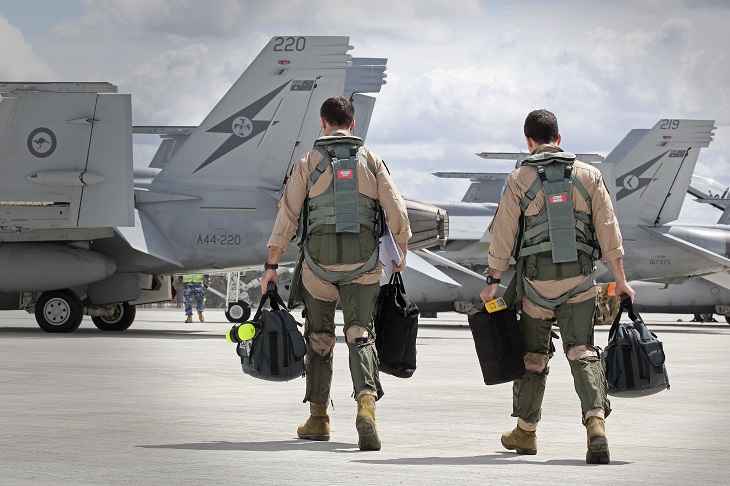
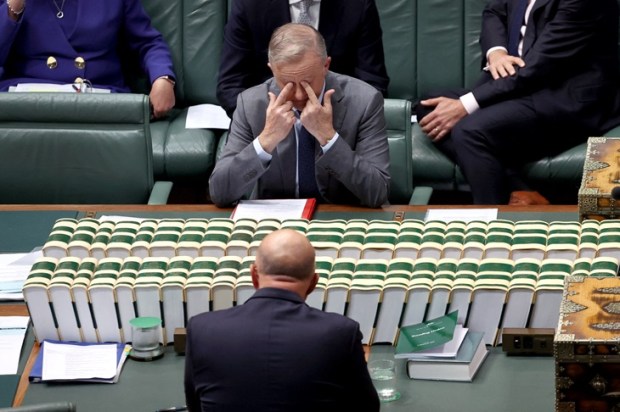
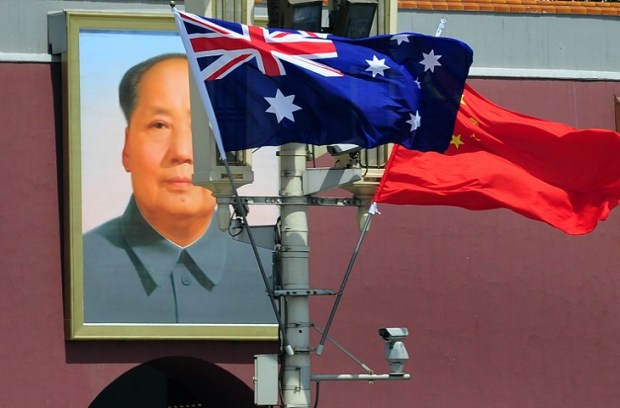
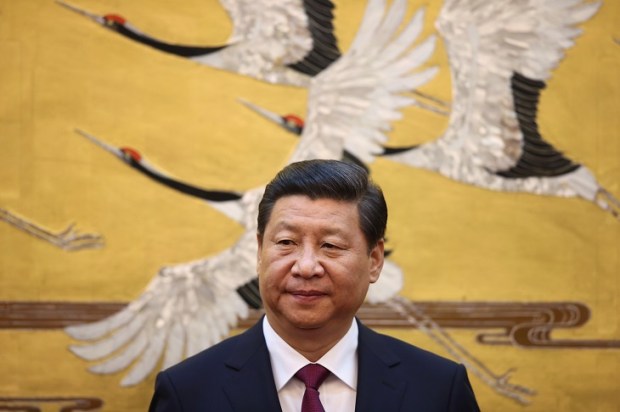


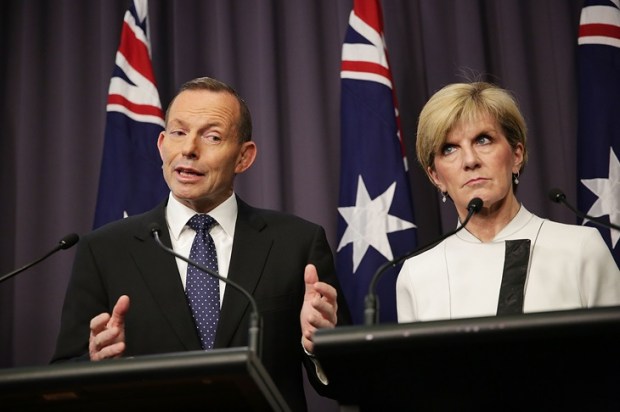


















Comments
Don't miss out
Join the conversation with other Spectator Australia readers. Subscribe to leave a comment.
SUBSCRIBEAlready a subscriber? Log in